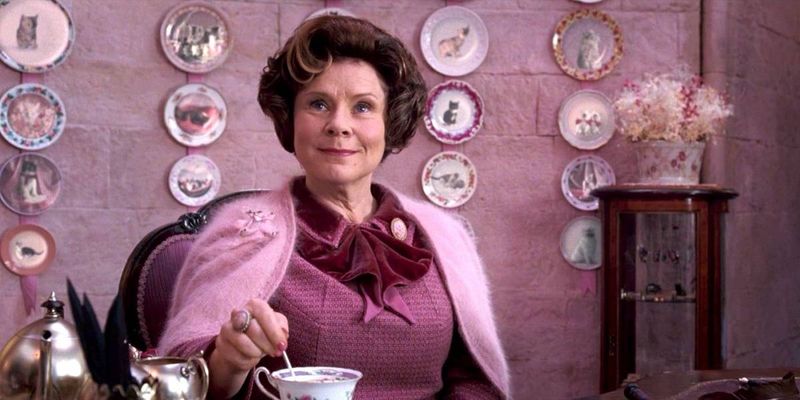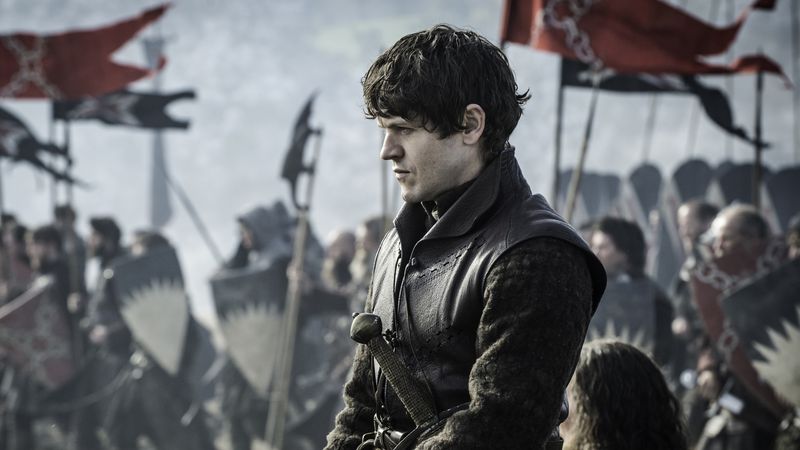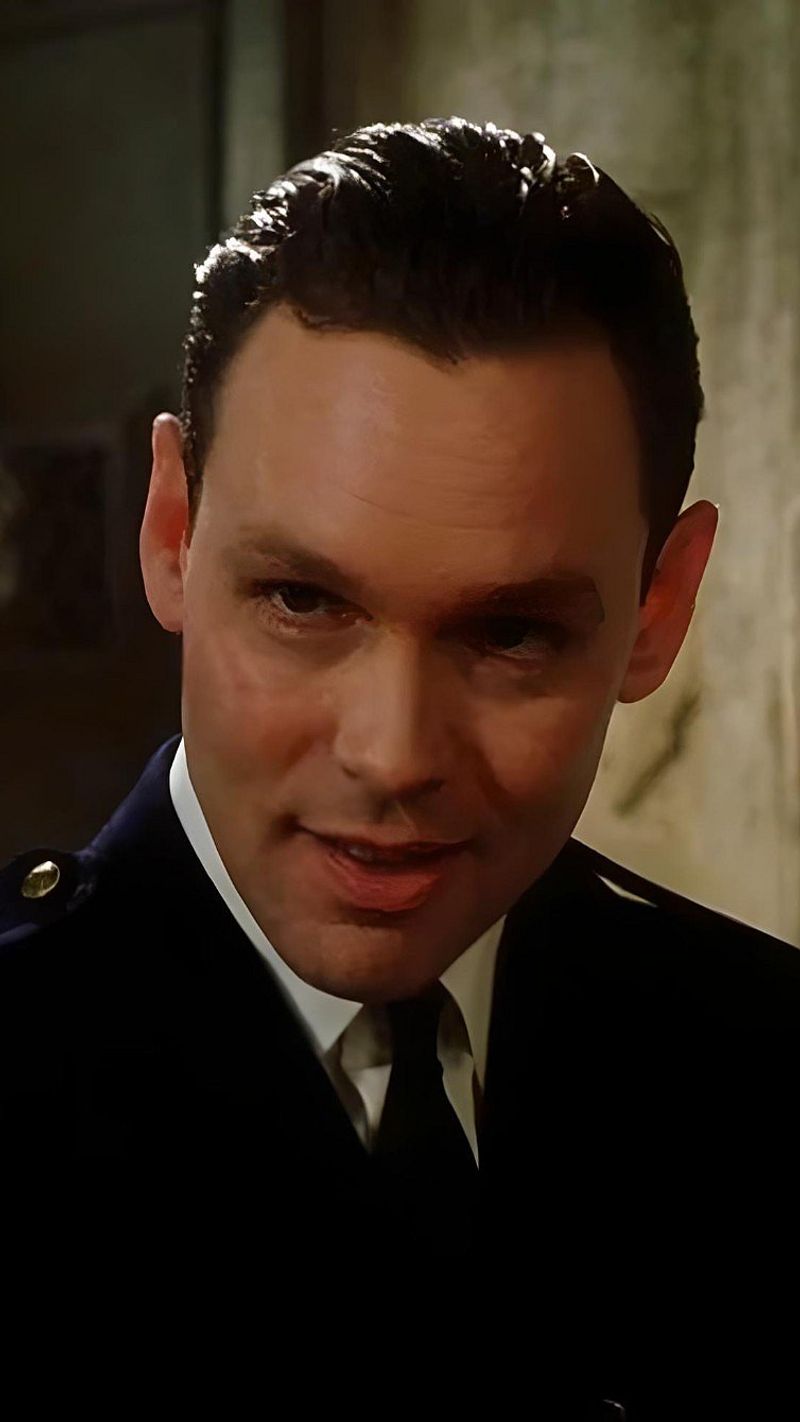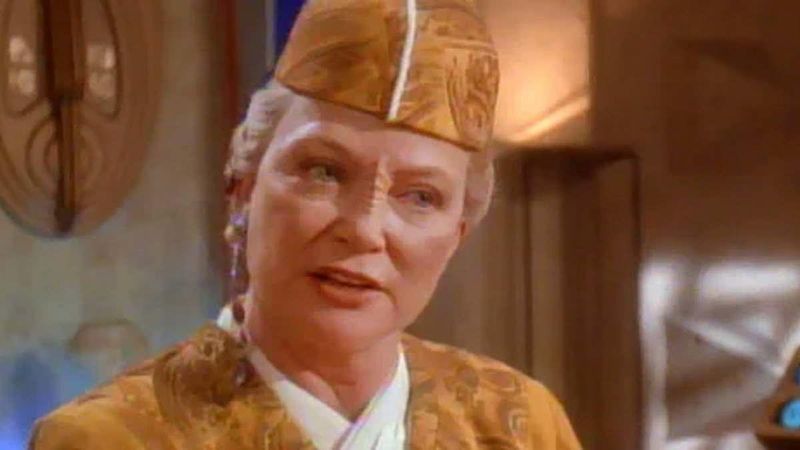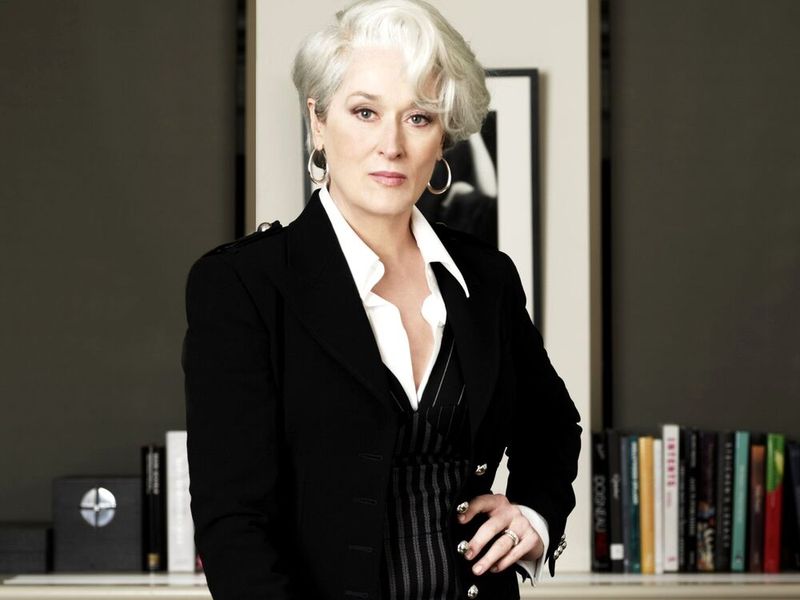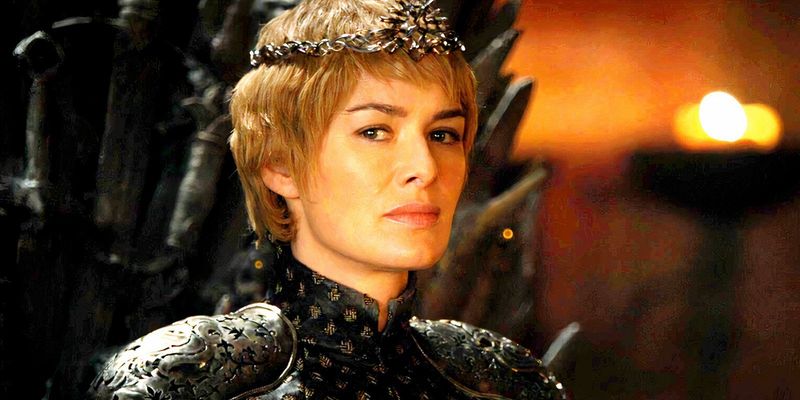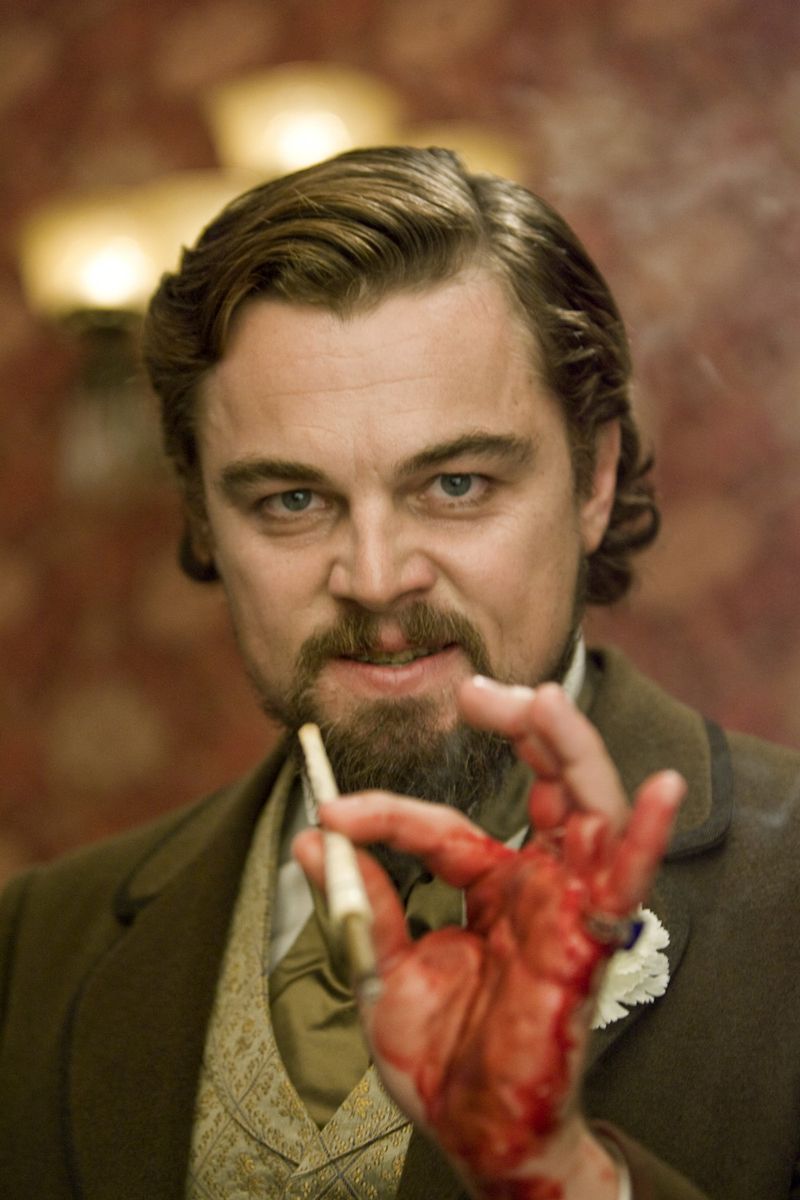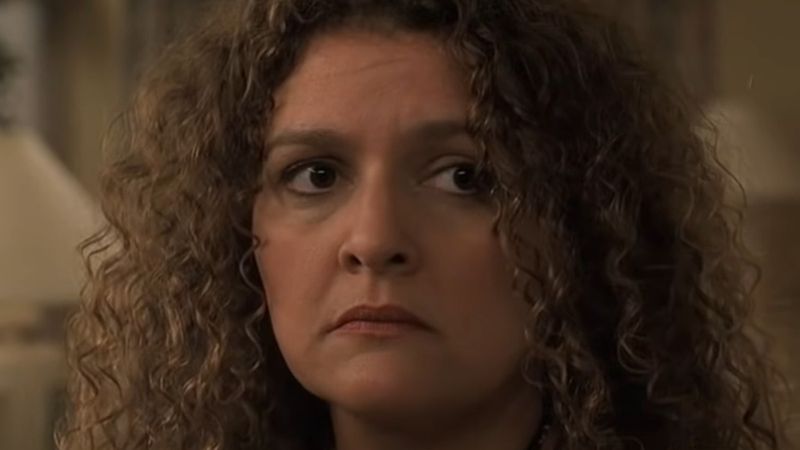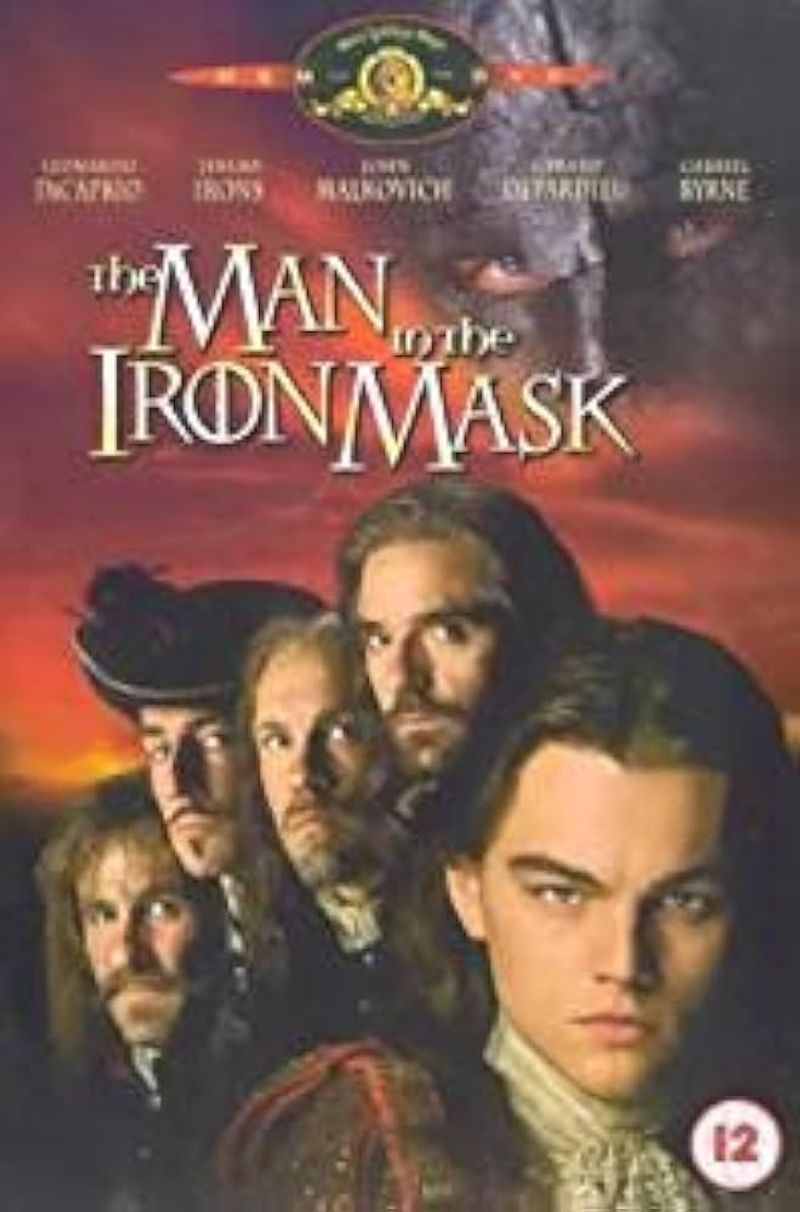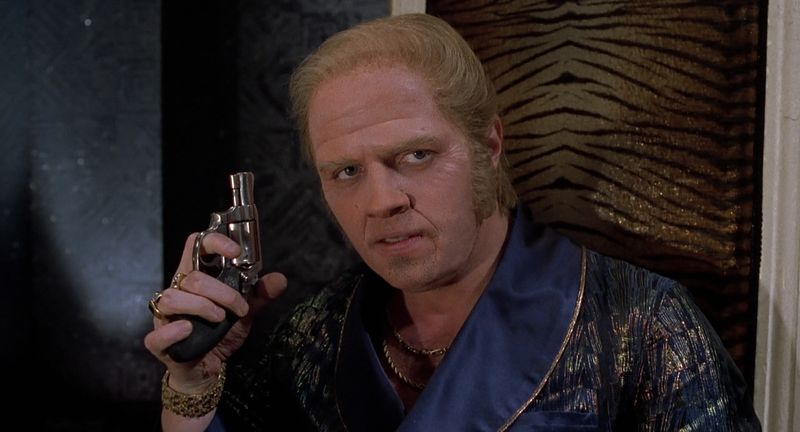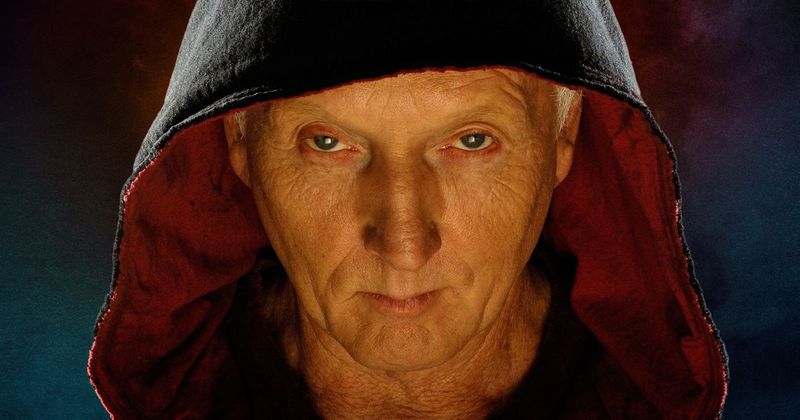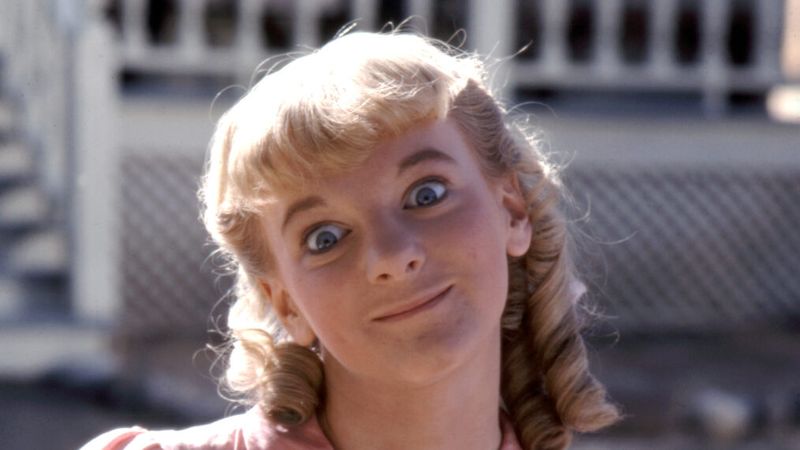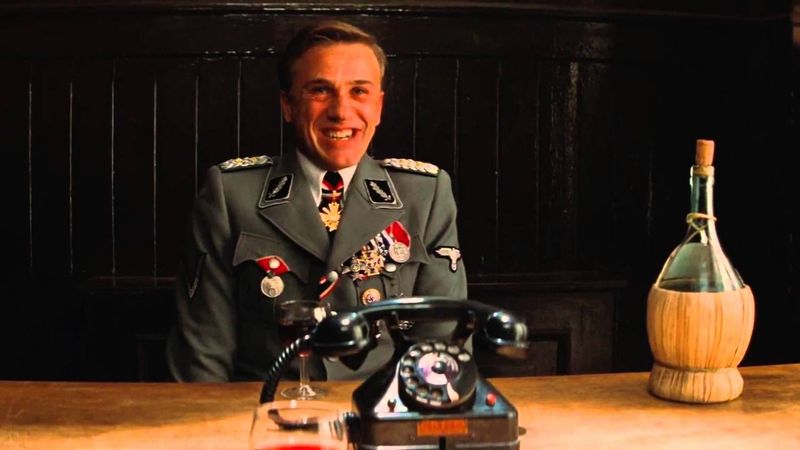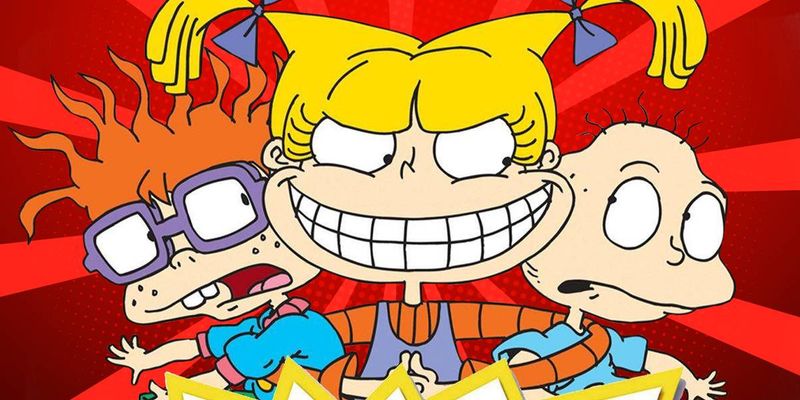Some actors have a remarkable talent for bringing villains to life so convincingly that audiences genuinely despise their characters. These performers masterfully embody evil, cruelty, or moral bankruptcy, creating antagonists that make our blood boil. Their ability to evoke such strong negative emotions is actually a testament to their extraordinary acting skills and commitment to their craft.
1. Jack Gleeson as Joffrey Baratheon
Few TV villains have inspired such universal hatred as the sadistic boy king from Game of Thrones. Gleeson’s portrayal was so convincing that he received actual hate mail and decided to quit acting afterward. The young actor perfectly captured Joffrey’s spoiled entitlement and casual cruelty, making viewers cheer when the character finally met his gruesome end. His performance was particularly impressive considering Gleeson’s real-life reputation as a kind, thoughtful person. The stark contrast between actor and character demonstrates Gleeson’s exceptional talent – so good at being bad that audiences couldn’t separate the two.
2. Imelda Staunton as Dolores Umbridge
Behind that saccharine smile and pink cardigan lurked a monster more terrifying than Voldemort himself. Staunton’s Umbridge combined bureaucratic tyranny with sadistic punishment, forcing students to carve words into their own flesh while maintaining a sickly-sweet demeanor. Her portrayal was particularly disturbing because Umbridge wasn’t an obvious villain – she represented institutional evil hiding behind rules and respectability. Many viewers found her more infuriating than the Dark Lord because her brand of evil felt uncomfortably familiar. Staunton’s genius was making this petty tyrant simultaneously ridiculous and terrifying – a villain who made audiences physically uncomfortable whenever she appeared on screen.
3. Iwan Rheon as Ramsay Bolton
Rheon brought to life television’s most sadistic psychopath with disturbing charm. His Ramsay Bolton delighted in psychological torture as much as physical cruelty, flaying enemies alive and turning Theon Greyjoy into his broken pet “Reek.” What made the performance truly chilling was Rheon’s ability to seem almost boyishly playful while committing horrific acts. The Welsh actor created a villain with zero redeeming qualities yet remained magnetically watchable, smiling through atrocities with unsettling glee. Game of Thrones fans celebrated when Ramsay finally received poetic justice – being eaten alive by his own starved hounds – a testament to how thoroughly Rheon made us despise his character.
4. Louise Fletcher as Nurse Ratched
Fletcher’s Oscar-winning performance created one of cinema’s most quietly terrifying villains. Her Nurse Ratched ruled the psychiatric ward with a clipboard and icy smile, wielding institutional power to crush spirits rather than heal them. The genius of Fletcher’s portrayal was its restraint – she never raised her voice or twirled a mustache. Instead, she delivered soul-crushing cruelty through passive-aggressive comments and rigid rule enforcement, all while maintaining the appearance of professional care. Her methodical destruction of McMurphy and Billy Bibbit showed how systems can enable evil more effectively than any individual villain. Fletcher made Ratched the ultimate authority figure we all fear – someone with complete power and zero empathy.
5. Doug Hutchison as Percy Wetmore
Hutchison crafted the perfect punchable face as the sadistic prison guard in The Green Mile. His Percy Wetmore embodied petty power at its worst – a cowardly bully who tormented death row inmates because his political connections made him untouchable. What made the performance so effective was Hutchison’s ability to layer Percy with insecurity beneath his cruelty. Audiences recognized this workplace tyrant – the incompetent colleague who compensates with aggression and hides behind connections rather than merit. Percy’s deliberate sabotage of Eduard Delacroix’s execution, turning it into a horrific spectacle, remains one of cinema’s most disturbing scenes. Hutchison made us hate Percy so thoroughly that his eventual mental breakdown felt like karmic justice.
6. Katey Sagal as Gemma Teller Morrow
Sagal transformed from sitcom mom to motorcycle matriarch with terrifying intensity. Her Gemma manipulated everyone around her under the guise of protecting family, orchestrating murders and betrayals while maintaining fierce maternal devotion. What made Gemma particularly fascinating was her twisted moral code – she genuinely believed her horrific actions were justified to protect her son and the club. Sagal played this contradiction brilliantly, creating a villain who could commit murder then tenderly comfort a grandchild moments later. Her masterful performance showed how the most dangerous villains are those who see themselves as heroes. Gemma’s eventual confession and death felt like the only possible conclusion for a character who had spun so many destructive webs.
7. Louise Fletcher as Kai Winn
Fletcher struck villainous gold twice as Deep Space Nine’s insufferable religious leader. Her Kai Winn wrapped naked ambition in spiritual platitudes, speaking of the Prophets while scheming for personal power. What made the performance so brilliant was Fletcher’s ability to infuse every blessing with passive-aggressive venom. Her saccharine “my child” became a weapon, delivered with a smile that never reached her eyes. Winn represented religious hypocrisy at its most dangerous – someone using faith to control others while privately doubting its validity. Fletcher created a uniquely frustrating antagonist who operated in moral gray areas rather than outright evil. Her eventual fall from grace and redemption felt earned because Fletcher had built such a complex, believable character over seven seasons.
8. Jeffrey Dean Morgan as Negan
Morgan turned a comic book villain into a three-dimensional nightmare with his charismatic portrayal of The Walking Dead’s baseball bat-wielding tyrant. His entrance – brutally killing beloved characters while cracking jokes – created immediate visceral hatred from viewers. The actor found the perfect balance of charm and menace, making Negan’s lengthy monologues both entertaining and terrifying. His trademark lean-back stance and Cheshire cat grin became instantly iconic, signaling danger wrapped in dark humor. Most impressively, Morgan later navigated Negan’s redemption arc without erasing his villainous past. He created a character so compelling that many fans who once celebrated his capture eventually found themselves rooting for his survival – the ultimate testament to Morgan’s nuanced performance.
9. Meryl Streep as Miranda Priestly
Streep revolutionized cinematic villainy without raising her voice or harming anyone physically. Her fashion editor in The Devil Wears Prada destroyed souls with whispered dismissals and withering glances, making “That’s all” the most terrifying phrase in modern cinema. The brilliance of Streep’s performance was her restraint – she made Miranda more frightening by speaking softer when angry, forcing others to lean in to hear their own destruction. She created a villain whose weapons were intelligence, standards, and brutal honesty rather than violence. Most impressively, Streep found the humanity beneath Miranda’s frosty exterior, revealing glimpses of vulnerability that made the character three-dimensional. She crafted the ultimate workplace nightmare who somehow earned our respect even as she made us tremble.
10. Lena Headey as Cersei Lannister
Headey crafted television’s most complex villain across eight seasons of power plays and revenge. Her Cersei moved from ambitious queen to grieving mother to apocalyptic tyrant, maintaining a core of ruthless determination even as everything crumbled around her. What made the performance extraordinary was Headey’s ability to make viewers occasionally sympathize with Cersei despite her monstrous acts. Her love for her children humanized her, while her treatment by men in a patriarchal society provided context for her cruelty. Headey conveyed volumes through microexpressions – a slight smile while watching enemies suffer, a trembling lip when facing humiliation. She created a villain who felt justified in every horrible choice, making her destruction of King’s Landing terrifying yet somehow inevitable.
11. Leonardo DiCaprio as Calvin Candie
DiCaprio created one of cinema’s most disturbing villains as the plantation owner in Django Unchained. His Candie combined Southern charm with sadistic cruelty, discussing French literature while forcing slaves to fight to the death for his entertainment. The performance was particularly effective because DiCaprio made Candie’s evil seem casual and normalized. His character represented the banality of institutional racism – someone who saw human beings as property without questioning the morality of his worldview. DiCaprio famously cut his hand during filming and continued the scene, using his actual blood to smear on a slave’s face – symbolic of his commitment to exposing the character’s monstrous nature. His Candie remains one of Tarantino’s most chilling creations.
12. Aida Turturro as Janice Soprano
Turturro created television’s most irritating character as Tony’s manipulative sister. Her Janice weaponized victimhood, constantly claiming to have evolved spiritually while ruthlessly exploiting everyone around her for financial and emotional gain. What made the performance so effective was Turturro’s commitment to Janice’s delusions. She portrayed someone completely lacking self-awareness, capable of pushing her fiancé down stairs then immediately reframing herself as the victim. Audiences recognized this personality type from their own lives – the relative who drains everyone’s energy. Turturro found the perfect balance between comedy and menace, making Janice simultaneously ridiculous and dangerous. Her character embodied the show’s exploration of how toxic family patterns perpetuate themselves across generations.
13. John Malkovich as King Geoffrey
Malkovich brought his signature intensity to Agatha Christie’s aristocratic villain, creating a character whose every syllable dripped with contempt for those beneath his station. His Geoffrey embodied entitled privilege, treating everyone as servants regardless of their actual position. The performance worked brilliantly because Malkovich made Geoffrey’s snobbery physical – from his rigid posture to his barely contained disgust when forced to interact with commoners. He created a villain who committed social violence through deliberate humiliation rather than physical attacks. Most impressively, Malkovich found the insecurity beneath Geoffrey’s arrogance – the desperate need to assert status revealing his fear of irrelevance. His portrayal showed how class systems create everyday monsters who inflict casual cruelty without consequence.
14. Yvonne Strahovski as Serena Joy Waterford
Strahovski transformed from action hero to theocratic villain with chilling precision. Her Serena helped create Gilead’s oppressive system only to find herself trapped by the same patriarchal rules she championed – a contradiction Strahovski played with nuanced complexity. The performance was particularly effective because Strahovski made Serena simultaneously sympathetic and reprehensible. She showed how ideology can blind someone to their own complicity in evil, creating a villain who occasionally glimpsed her moral bankruptcy but retreated into righteousness rather than facing it. Most powerfully, Strahovski portrayed Serena’s moments of potential redemption before choosing cruelty again and again. She crafted a villain whose capacity for both tenderness and brutality made her more disturbing than one-dimensional zealots.
15. Thomas F. Wilson as Biff Tannen
Wilson created the quintessential bully across multiple timelines in the Back to the Future trilogy. His Biff terrorized George McFly in high school, became a corrupt casino magnate in an alternate 1985, and continued his bullying legacy through his grandson in 2015. The performance worked because Wilson found different shades of menace for each version of Biff. He made teenage Biff physically intimidating, elderly Biff pathetically bitter, and alternate-timeline Biff dangerously powerful – all connected by the same core of insecurity masked by aggression. Wilson’s commitment extended to creating distinct voices and mannerisms for each incarnation while maintaining recognizable catchphrases like “Make like a tree and get out of here.” He crafted a villain so iconic that “Biff” became shorthand for any arrogant bully.
16. Antony Starr as Homelander
Starr redefined superhero villainy with his terrifying portrayal of The Boys’ psychopathic Superman equivalent. His Homelander presents a patriotic, wholesome image to the public while privately indulging sadistic urges and desperate need for approval. The genius of Starr’s performance lies in the constant tension between Homelander’s all-American smile and the rage simmering beneath. A slight eye twitch or tightening jaw signals the monster behind the mask, creating unbearable tension in every scene. Most disturbing is Starr’s ability to make Homelander’s emotional neediness as frightening as his physical power. He crafted a villain whose mommy issues and craving for love make him more dangerous, not more sympathetic – a god-like being with the emotional development of a toddler.
17. Tobin Bell as Jigsaw
Bell created horror’s most philosophical killer with minimal screen time and maximum impact. His John Kramer justified elaborate death traps as moral lessons, delivering his infamous “I want to play a game” with the calm certainty of someone who believes they’re performing necessary work. The performance was particularly effective because Bell never resorted to typical horror villain theatrics. His Jigsaw spoke softly and moved deliberately, approaching torture as a teacher might approach a difficult lesson – with patience and purpose rather than sadistic glee. Bell’s distinctive gravelly voice became the franchise’s signature sound, continuing to haunt victims through tape recordings even after the character’s death. He crafted a villain whose twisted logic occasionally made horrible sense, making audiences uncomfortably question their own moral boundaries.
18. Larry Linville as Frank Burns
Linville created television’s most memorable military bureaucrat as the whining, incompetent surgeon of the 4077th. His Major Burns combined professional mediocrity with moral hypocrisy, preaching patriotism and faithfulness while cheating on his wife and blaming others for his mistakes. The performance worked because Linville fully committed to Burns’ pettiness, finding humor in his character’s complete lack of self-awareness. He crafted the perfect foil to Hawkeye’s rebellious competence – someone who worshipped authority regardless of its merit. Most impressively, Linville made Burns simultaneously ridiculous and dangerous, showing how incompetent people in positions of power can cause real harm. His portrayal resonated because viewers recognized this personality type from their own workplaces – the colleague who fails upward through blind adherence to rules.
19. Alison Arngrim as Nellie Oleson
Arngrim set the standard for childhood villains as Little House’s spoiled nemesis. Her Nellie terrorized Laura Ingalls with vicious insults and manipulative schemes, all while maintaining a perfect blonde ringlets and sweet demeanor around adults. The performance resonated because Arngrim captured the specific cruelty of childhood bullies – the ability to identify and exploit others’ insecurities with surgical precision. She made Nellie’s meanness feel personal and targeted rather than generic bad behavior. Most impressively, Arngrim developed the character beyond a one-dimensional brat as the series progressed. She showed Nellie’s evolution into a more complex person while maintaining enough of her original prickly personality to remain recognizable, creating one of television’s most memorable antagonists.
20. Christoph Waltz as Hans Landa
Waltz created cinema’s most charming monster with his Oscar-winning performance as the “Jew Hunter.” His Colonel Landa shifted effortlessly between languages and personas, discussing milk and strudel with disarming politeness before revealing his predatory intelligence. The performance was particularly disturbing because Waltz made Landa genuinely likable at times. His linguistic playfulness and apparent appreciation for culture created cognitive dissonance – how could someone so engaging commit such horrors? This contradiction highlighted the banality of evil more effectively than one-dimensional Nazi caricatures. Most memorable was Waltz’s ability to transform Landa’s smile from charming to terrifying within a single scene. He crafted a villain whose greatest weapon was conversational manipulation, making ordinary discussions feel like psychological warfare.
21. Cheryl Chase as Angelica Pickles
Chase voiced animation’s most iconic bully, terrorizing babies with gleeful malice for over a decade. Her Angelica manipulated both children and adults, using her advanced speech and reasoning to dominate those still trapped in cribs and playpens. The performance worked because Chase found the perfect balance of bratty entitlement and genuine cleverness. Her Angelica wasn’t just mean – she was strategically mean, understanding exactly how to exploit rules and relationships to get what she wanted. Most impressively, Chase occasionally revealed Angelica’s loneliness and insecurity without undermining her villainous status. She created a character complex enough that viewers could understand her motivations while still rooting against her schemes, crafting a pint-sized antagonist as memorable as any live-action villain.

